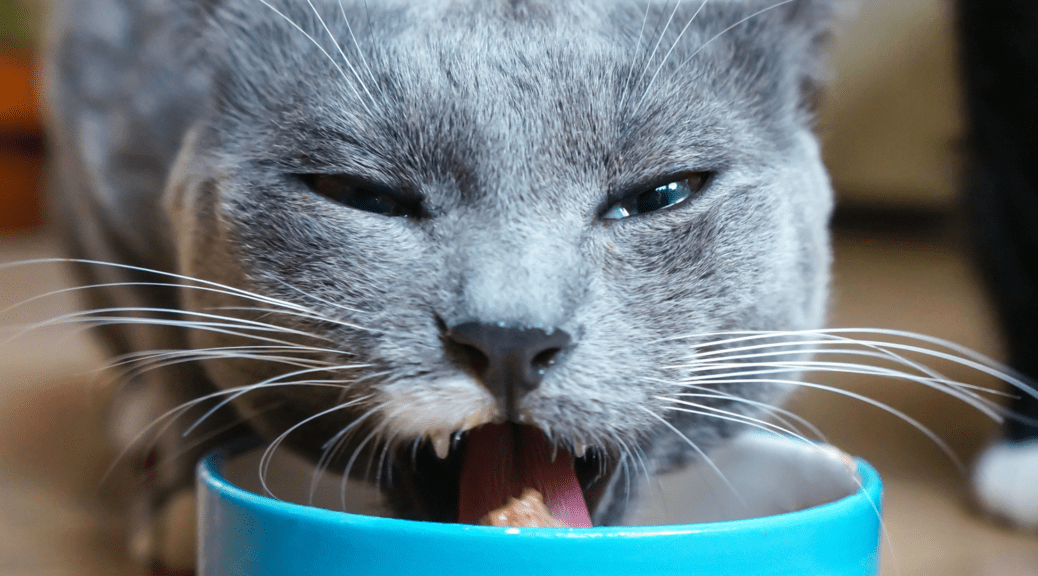There’s a new kitty holiday! Cat DNA day is September 19th. In the last few decades, scientists have made remarkable progress in cracking the mysteries of genetics and DNA, in both human beings and animals. That of course includes our feline overlords! A Roanoke, VA vet discusses Fluffy’s DNA below.
Fluffy’s Family Tree
One of the most extensive studies done on kitty DNA was a 2007 project headed by a zoologist from the National museums of Scotland, Dr. Andrew Kitchener. Kitchener studied 979 DNA samples, from both wild and domestic kitties. The study focused on mitochondrial DNA, which is passed down from mothers. The results showed that Fluffy didn’t come from ancient Egypt after all, but actually hailed from Mesopotamia. The study also showed that kitties have been around for longer than we thought. Another fun fact? The last feline ancestor of both wild and domestic cats lived over 100,000 years ago!
Testing Fluffy’s DNA
There are now several companies that will test your kitty’s DNA for you. You just rub Fluffy’s cheek with a cotton swab, and then send the sample out for testing. You can also send blood samples that were taken by your veterinarian. Usually results will come in about one or two months, depending on the company you use and the package you get.
Benefits Of Testing
Why should you get your kitty tested? For many, sheer curiosity is reason enough. You may be wondering if your cat is a purebred: DNA tests can confirm that. Howser, the more pragmatic reason would be to protect your feline buddy’s health. While these DNA tests are evolving continuously, they are already able to identify certain genetic markers. Some can determine whether your furry pal is susceptible to specific illness, such as hypertrophic cardiomyopathy. Testing may also determine if Fluffy would be resistant to Feline Immunodeficiency Virus (FIV).
Coat Genetics
Kitties are full of fascinating quirks … and so are their genetics. There are some pretty interesting rules for how Fluffy can inherit and/or pass on certain traits. For instance, two longhaired cats cannot have short haired kittens. White furballs must always have at least one white parent, while bi-color kitties must have at least one bi-color parent. It will be fun to see what we learn next!
Do you have questions about your cat’s health or care? Contact us, your Roanoke, VA animal hospital!



